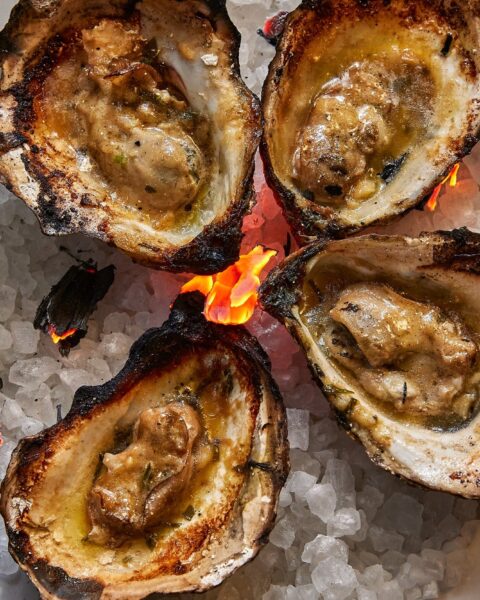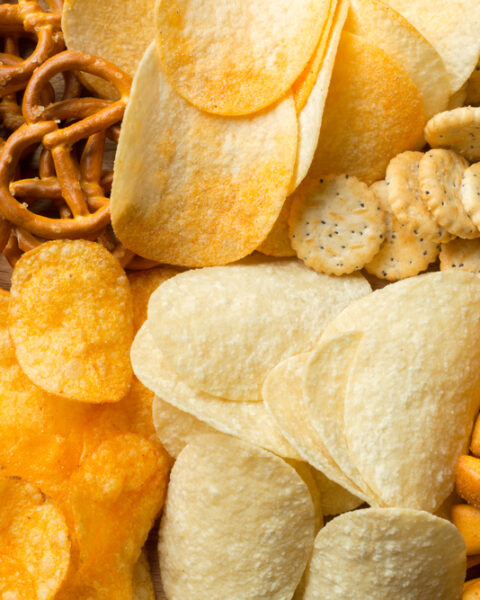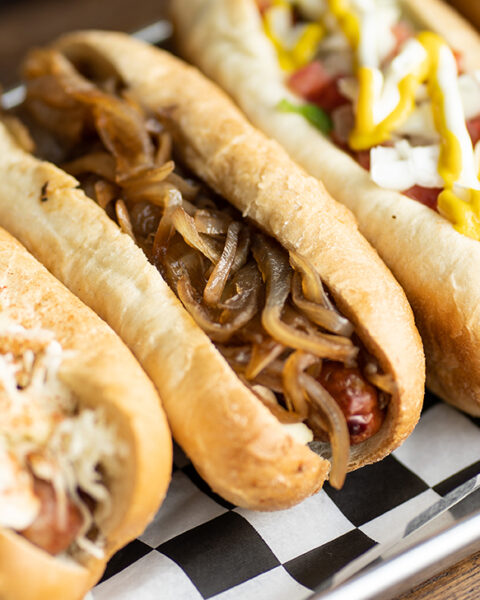When it comes to feeding your little one, making your own baby food can be a game changer. It’s not just about saving a few bucks—homemade baby food means you get to control what goes into your baby’s meals, avoid unnecessary additives, and introduce them to a range of fresh, delicious flavors. To make sure that you are doing it right, here are some straightforward, practical tips to help you get into homemade baby food with ease.
Contents
- 1 Start with Fresh Produce
- 2 Wash Thoroughly
- 3 Peel and Core When Necessary
- 4 Steam for Maximum Nutrients
- 5 Invest in a Good Blender or Food Processor
- 6 Use Breast Milk or Formula for Pureeing
- 7 Batch Cook and Freeze
- 8 Label Everything
- 9 Introduce One Food at a Time
- 10 Vary Textures as Your Baby Grows
- 11 Avoid Added Salt and Sugar
- 12 Use Spices and Herbs Sparingly
- 13 Ensure Balanced Nutrition
- 14 Include Healthy Fats
- 15 Use Age-Appropriate Portions
- 16 Keep Everything Clean
- 17 Be Mindful of Choking Hazards
- 18 Consult Your Pediatrician
- 19 More From RetailShout
- 20 12 Creative Projects You Can Make Using Food Coloring
- 21 12 Affordable Costco Finds You Didn’t Know You Needed (All Under $20)
Start with Fresh Produce
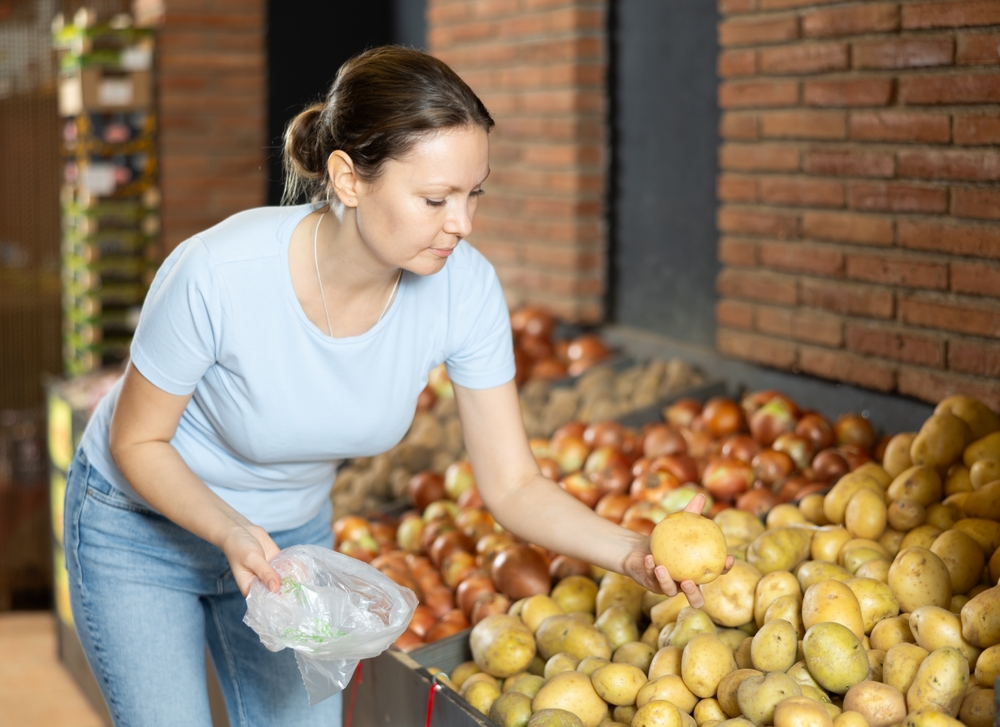
Choosing fresh, organic fruits and vegetables is crucial when making baby food. Fresh produce offers the highest nutrient content and is free from harmful pesticides and chemicals. Organic options are preferred to minimize the exposure to potential toxins.
Wash Thoroughly
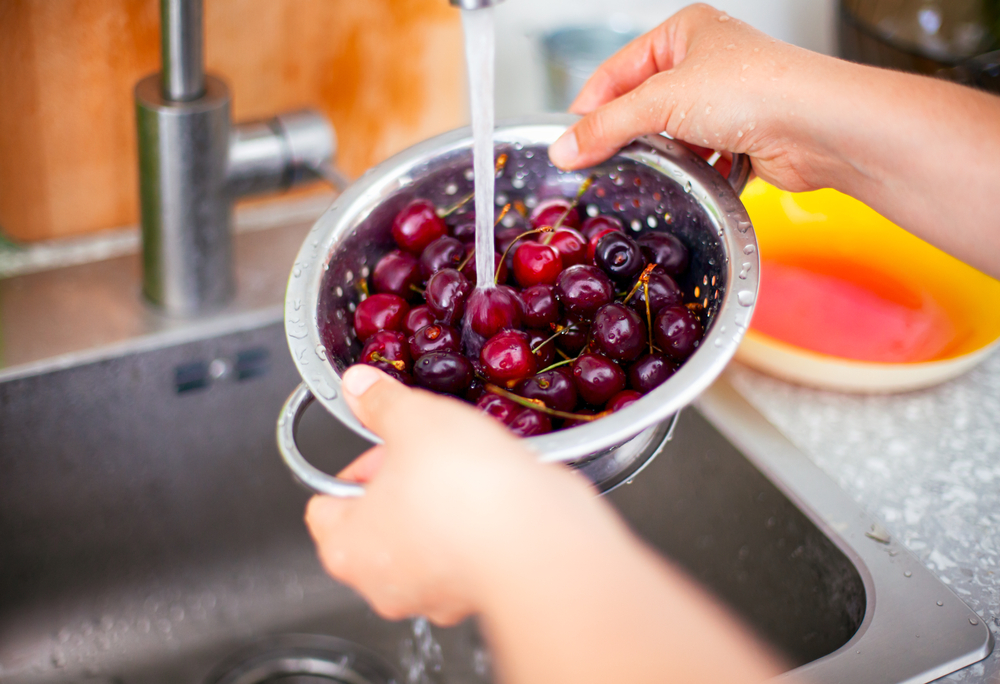
Always wash your produce thoroughly before cooking or pureeing. Even organic produce can have dirt and bacteria on the surface. Using a vegetable brush and a mild solution of vinegar and water can help ensure that your produce is clean.
Peel and Core When Necessary
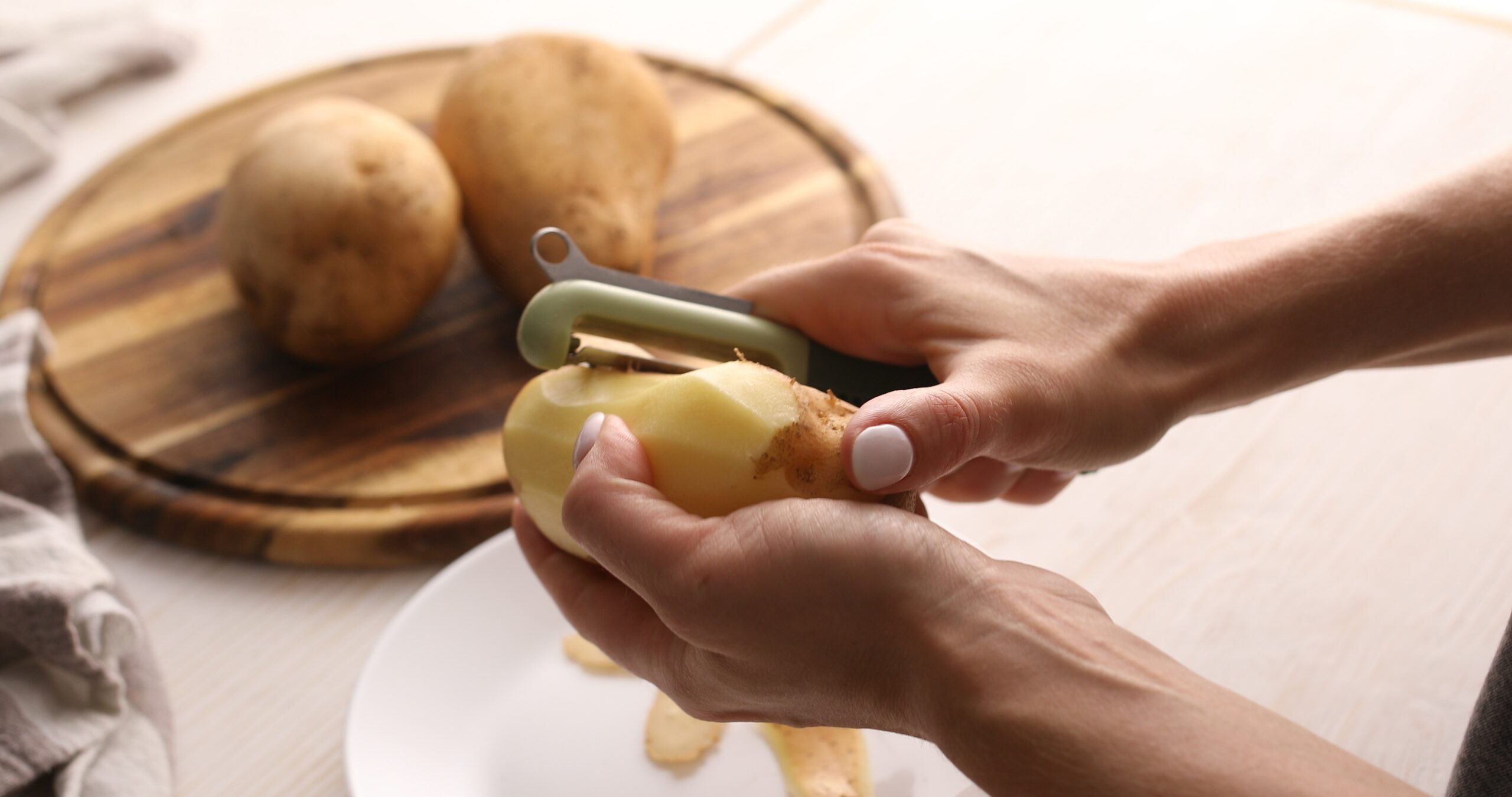
Peeling and coring fruits and vegetables is important to remove tough skins, seeds, and pits that can be difficult for babies to digest and may pose a choking hazard. For example, apples, pears, and peaches should be peeled and cored before pureeing.
Steam for Maximum Nutrients
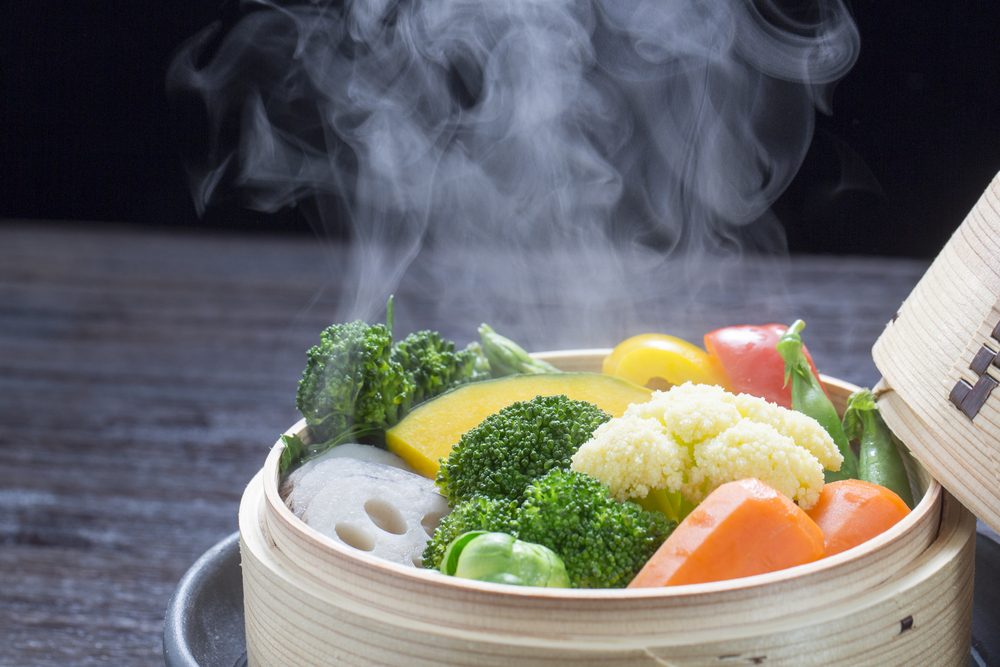
Steaming is one of the best cooking methods for baby food because it preserves most of the vitamins and minerals in fruits and vegetables. Unlike boiling, which can leach nutrients into the water, steaming keeps the nutrients in the food where they belong.
Invest in a Good Blender or Food Processor
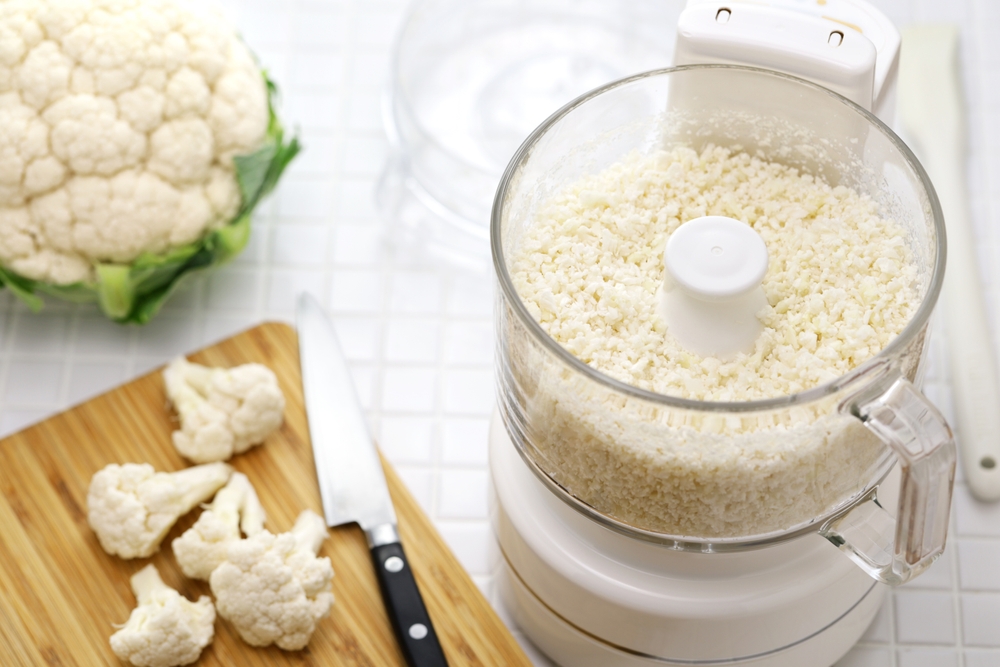
A high-quality blender or food processor can make a big difference in achieving the perfect consistency for your baby food. These appliances can finely puree foods to a smooth texture, making them easier for your baby to eat and digest.
Use Breast Milk or Formula for Pureeing
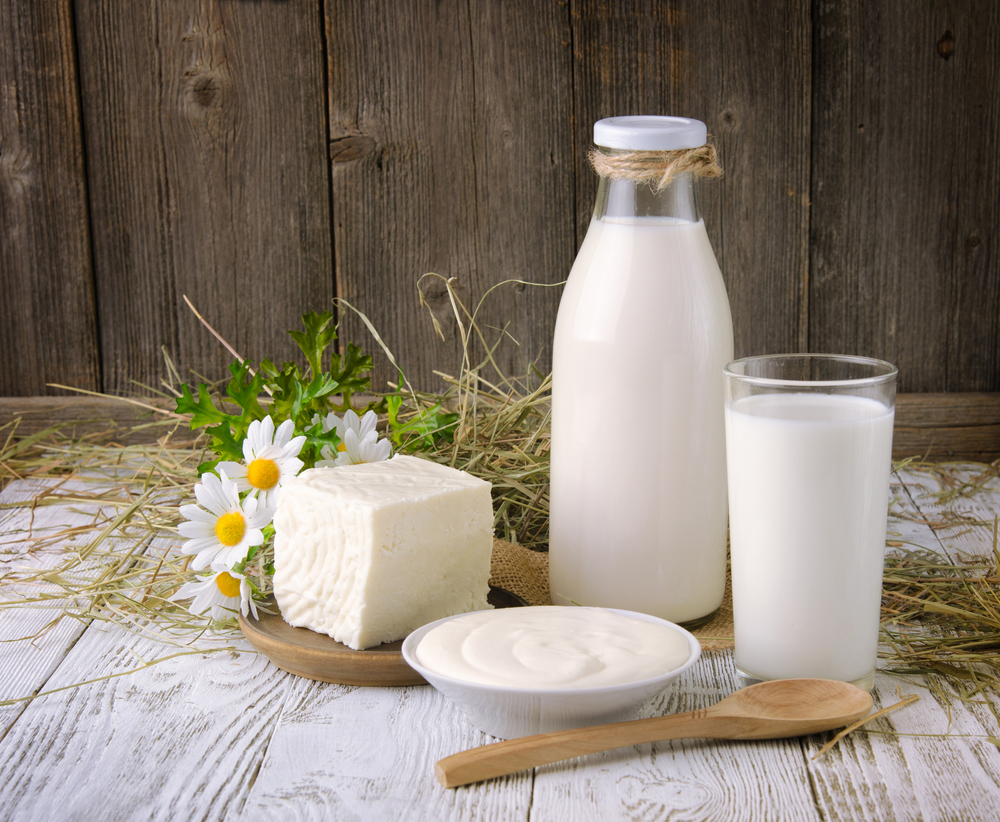
Adding breast milk or formula to your purees can make them smoother and provide additional nutrition. This familiar taste can also make new foods more acceptable to your baby.
Batch Cook and Freeze
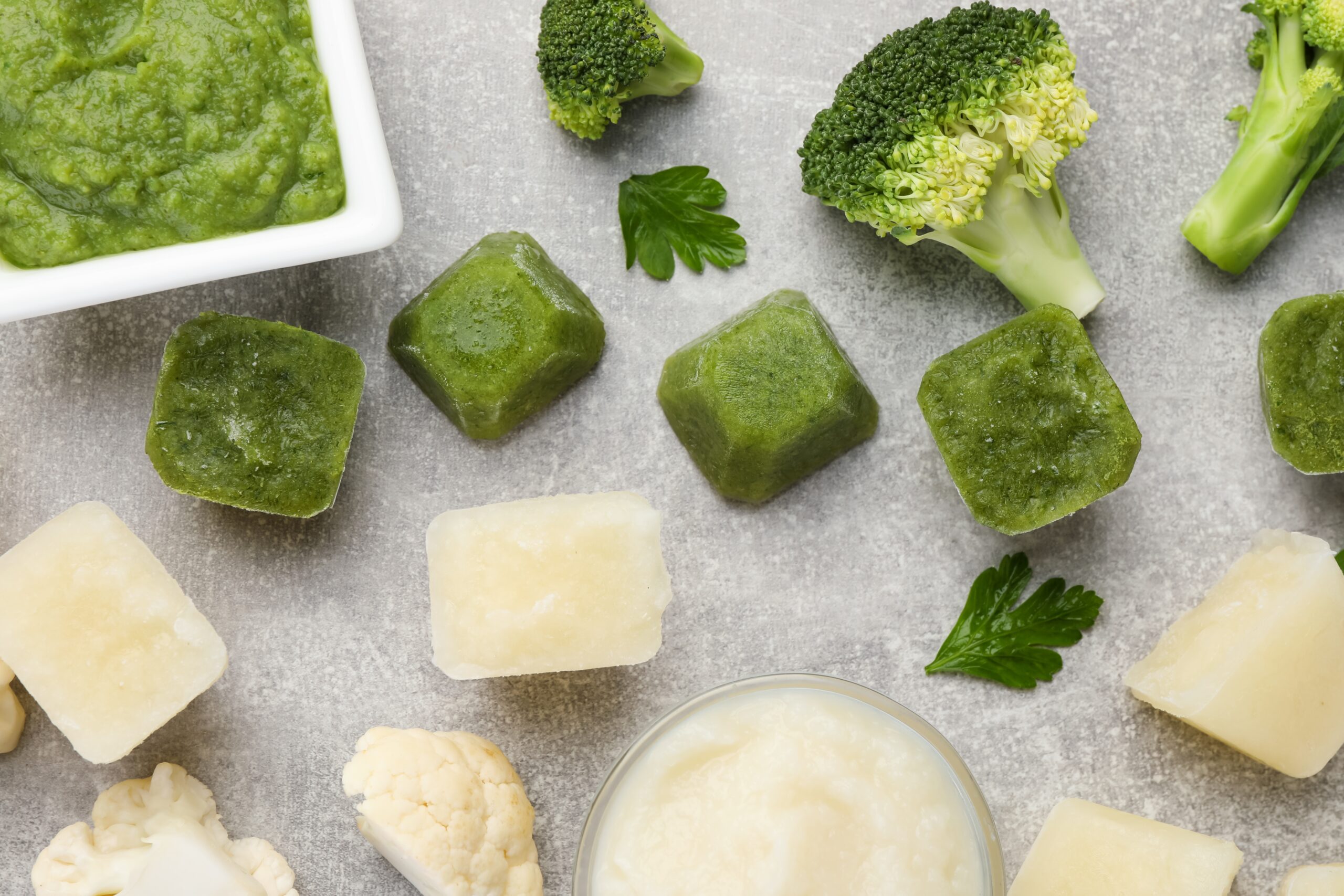
Preparing large batches of baby food and freezing them in ice cube trays is an efficient way to ensure you always have a supply on hand. Once frozen, transfer the cubes to labeled freezer bags. This allows you to easily thaw just the right amount for each meal.
Label Everything

Always label your containers with the contents and the date they were made. This helps you keep track of freshness and ensures that you use older foods first to avoid waste.
Introduce One Food at a Time

When starting solids, introduce one new food at a time and wait a few days before introducing another. This helps identify any potential allergies or sensitivities your baby might have.
Vary Textures as Your Baby Grows
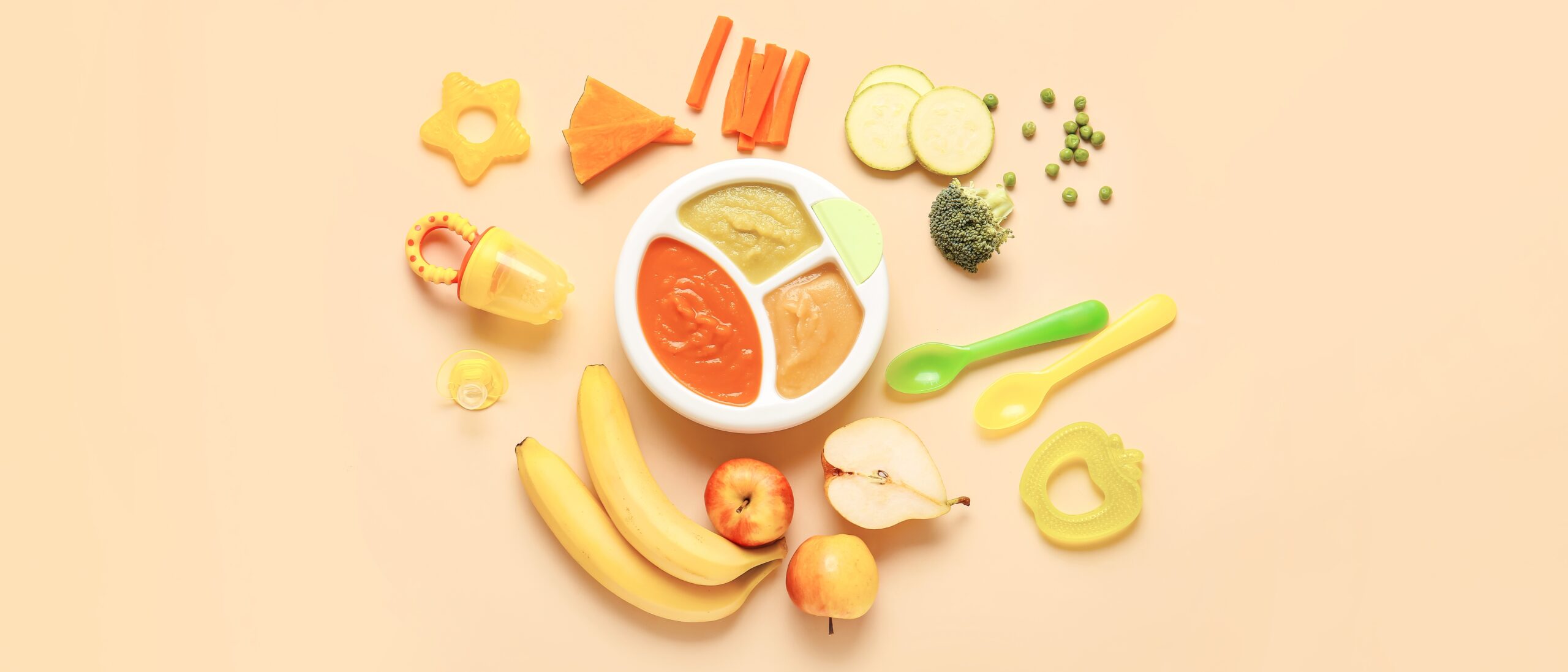
As your baby gets older, gradually increase the texture of their food from smooth purees to small, soft chunks. This progression helps develop their chewing skills and exposes them to a variety of textures.
Avoid Added Salt and Sugar
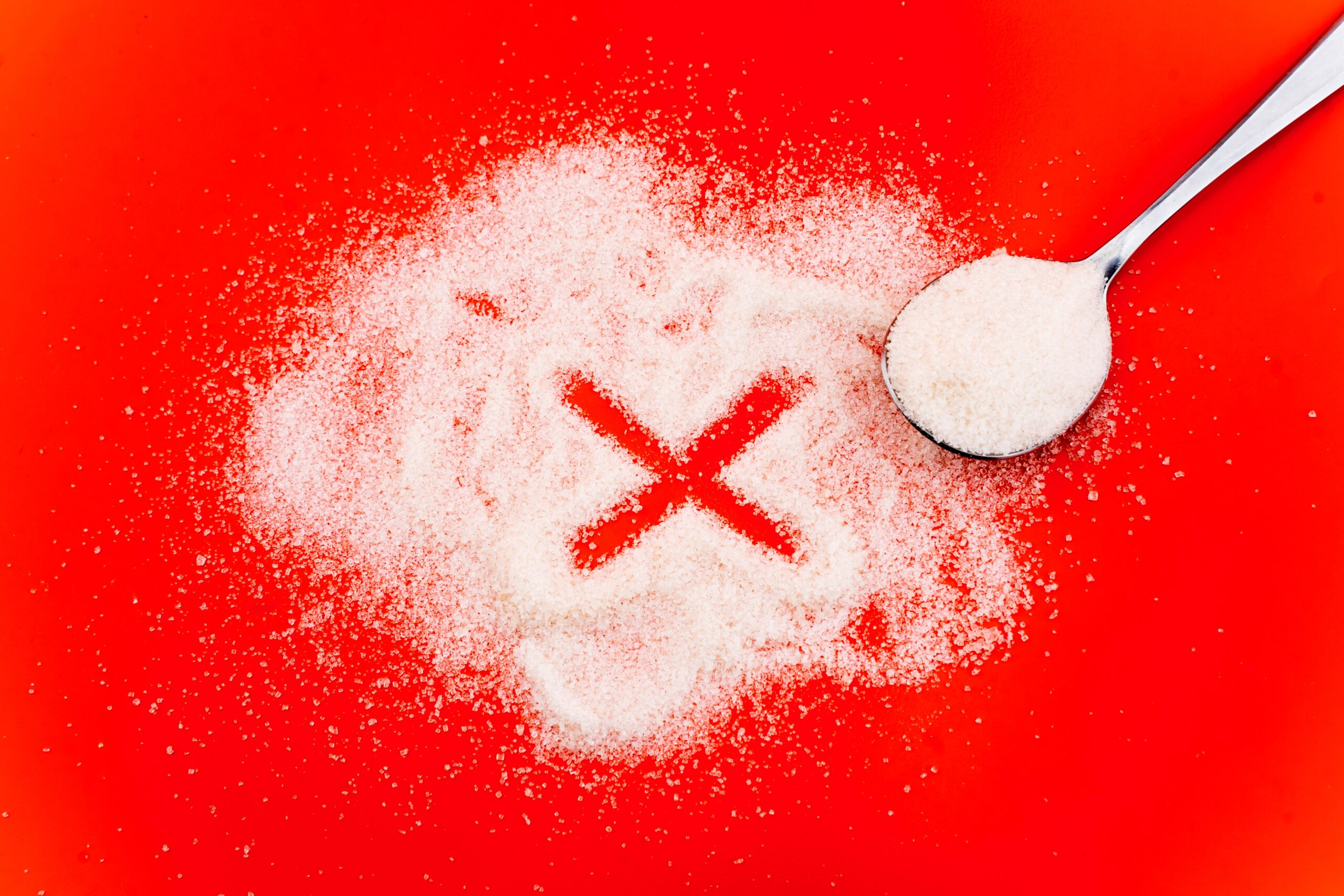
Babies don’t need added salt or sugar. Their natural taste buds are sensitive, and the natural flavors of the food are enough. Excess salt can be harmful to a baby’s kidneys, and sugar can contribute to tooth decay and unhealthy eating habits.
Use Spices and Herbs Sparingly

Introduce mild spices and herbs to your baby’s food to develop their palate. Avoid strong or hot spices, and use herbs like basil, oregano, and cinnamon in small amounts to enhance flavor without overwhelming your baby’s taste buds.
Ensure Balanced Nutrition

Make sure to include a variety of fruits, vegetables, grains, and proteins to ensure your baby gets all the essential nutrients. A balanced diet supports healthy growth and development.
Include Healthy Fats
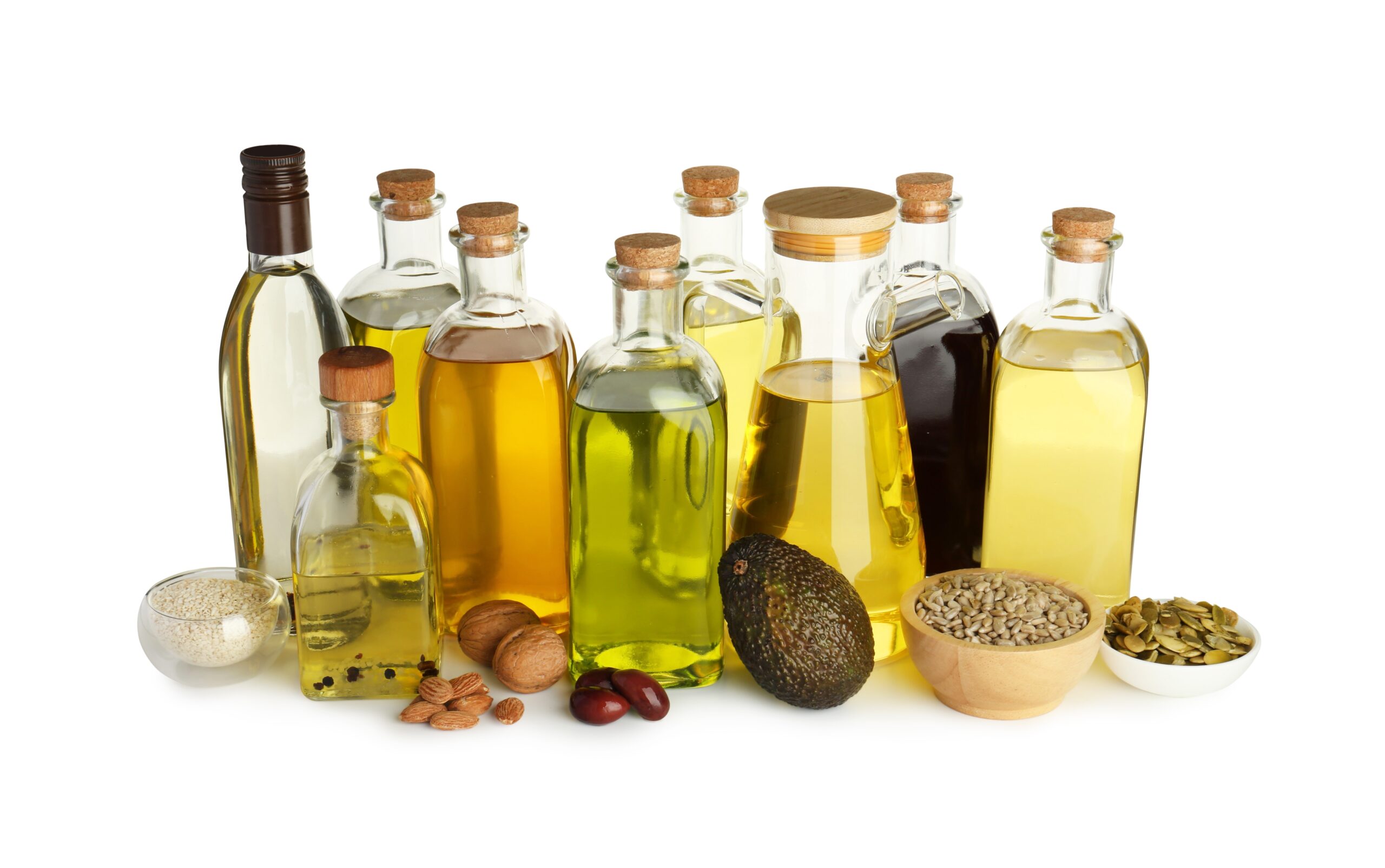
Add healthy fats like avocado, olive oil, or flaxseed oil to your baby’s diet to support brain development. These fats are essential for the growth and functioning of your baby’s brain and nervous system.
Use Age-Appropriate Portions
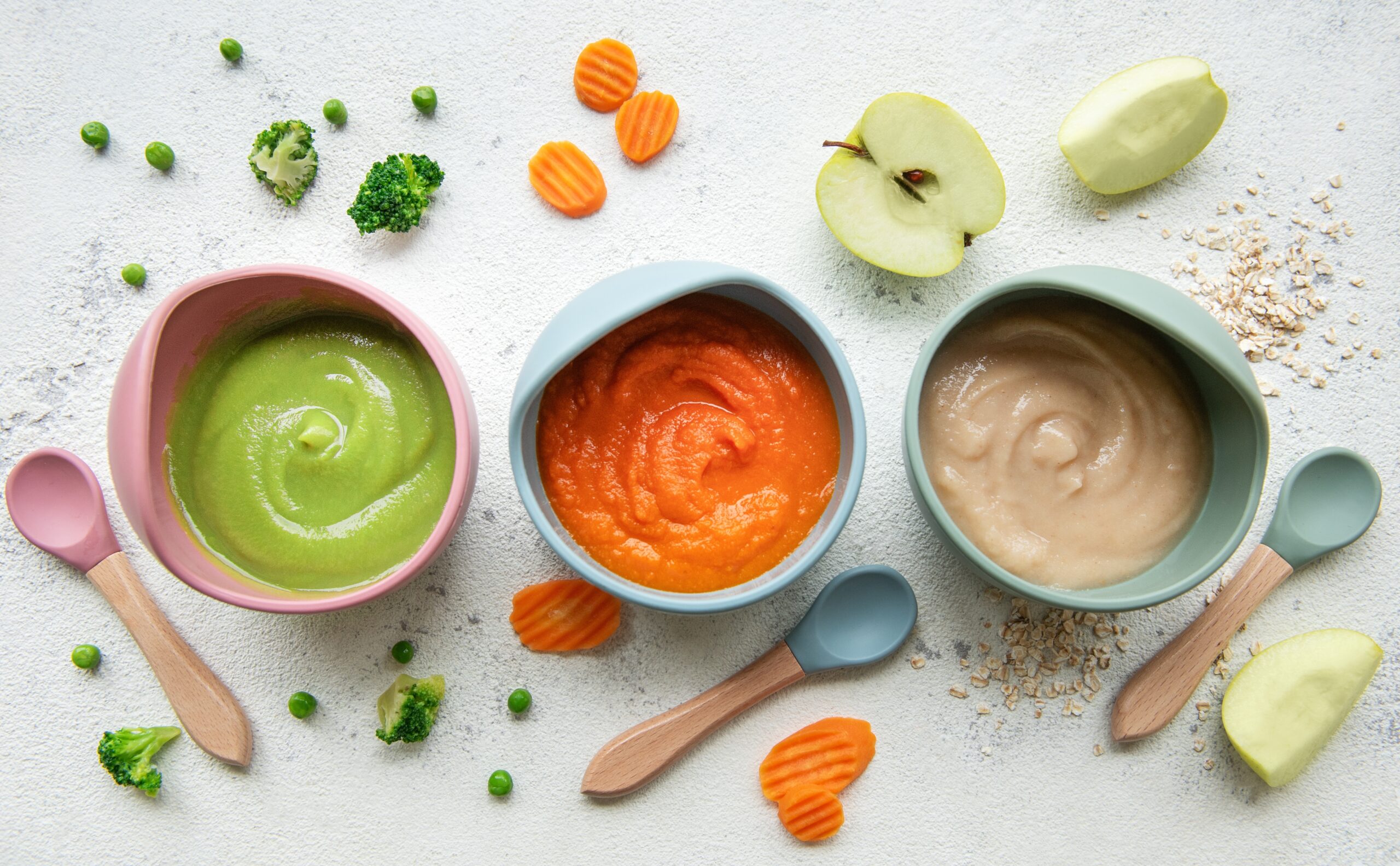
Start with small portions and gradually increase as your baby’s appetite grows. Pay attention to their hunger cues and avoid overfeeding. Babies have small stomachs and need small, frequent meals.
Keep Everything Clean

Maintain a clean workspace and sterilize all utensils and equipment to avoid contamination. Babies have developing immune systems, and cleanliness is crucial to prevent foodborne illnesses.
Be Mindful of Choking Hazards
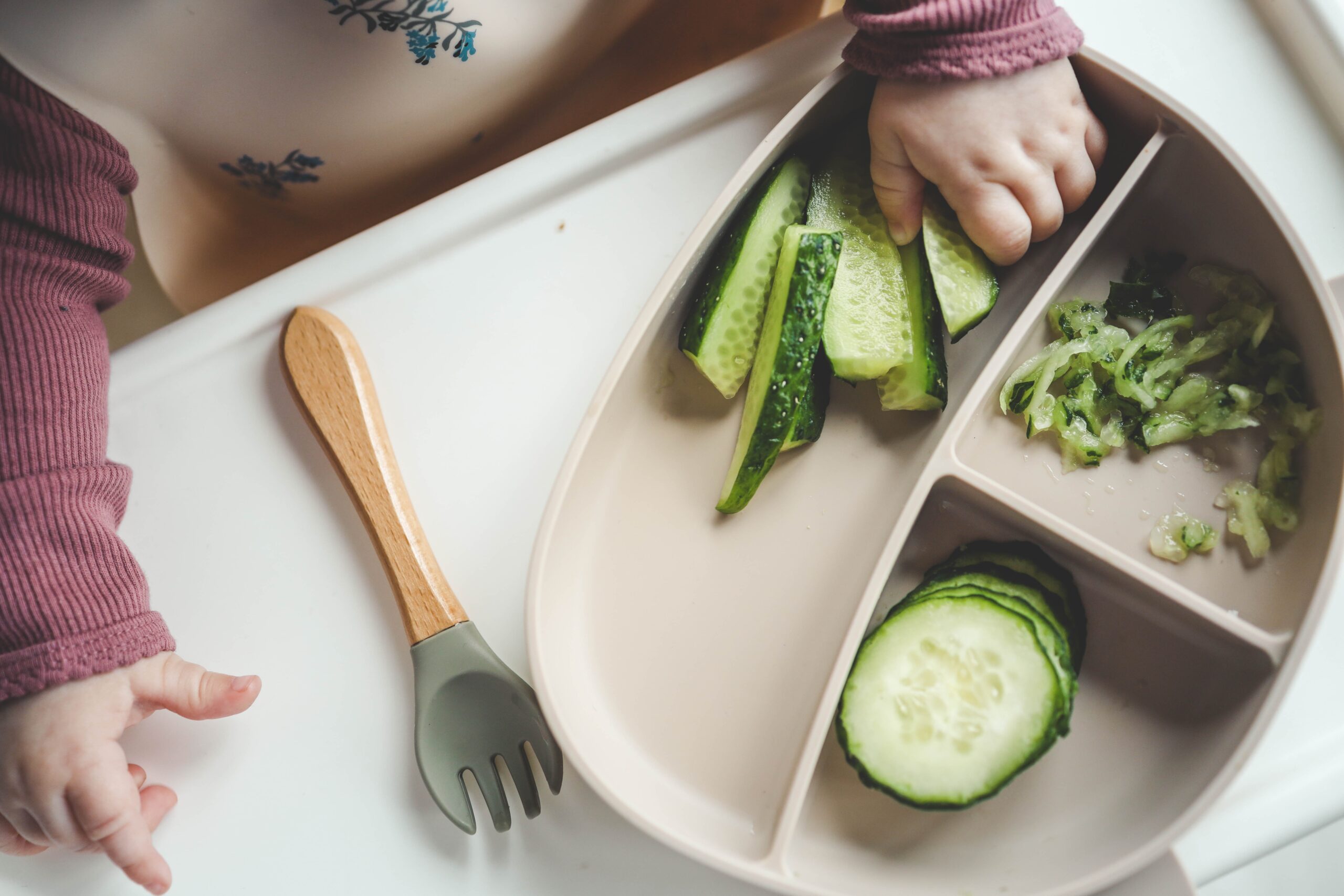
Avoid foods that can be choking hazards, such as whole grapes, nuts, or chunks of meat. Cut food into small, manageable pieces, and always supervise your baby while they are eating.
Consult Your Pediatrician

Before starting solids or introducing new foods, consult your pediatrician to ensure you are meeting your baby’s specific needs. Your doctor can provide guidance based on your baby’s health and development.
This article originally appeared on RetailShout.
More From RetailShout
10 Fascinating Things You Didn’t Know About Whole Foods

Whole Foods Market is more than just a grocery store; it’s a hub of innovation, sustainability, and unique offerings. Whether you’re a frequent shopper or someone who’s only heard about it in passing, there’s a lot more to Whole Foods than meets the eye. Read More.
12 Creative Projects You Can Make Using Food Coloring
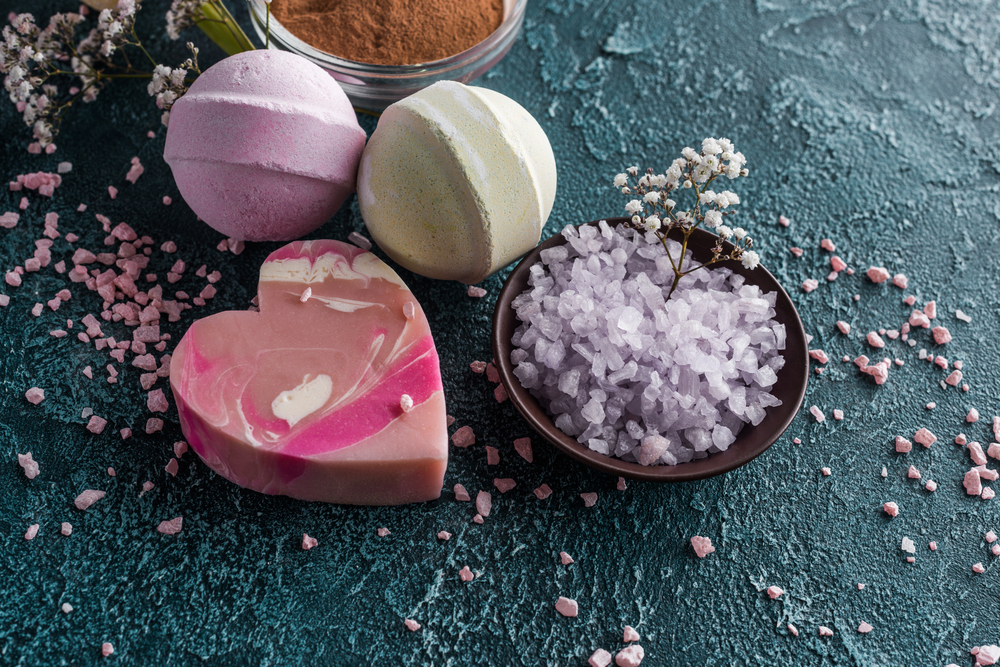
Food coloring isn’t just for cakes and cookies. It’s a versatile tool that can transform everyday items into stunning creations. Read More.
12 Affordable Costco Finds You Didn’t Know You Needed (All Under $20)
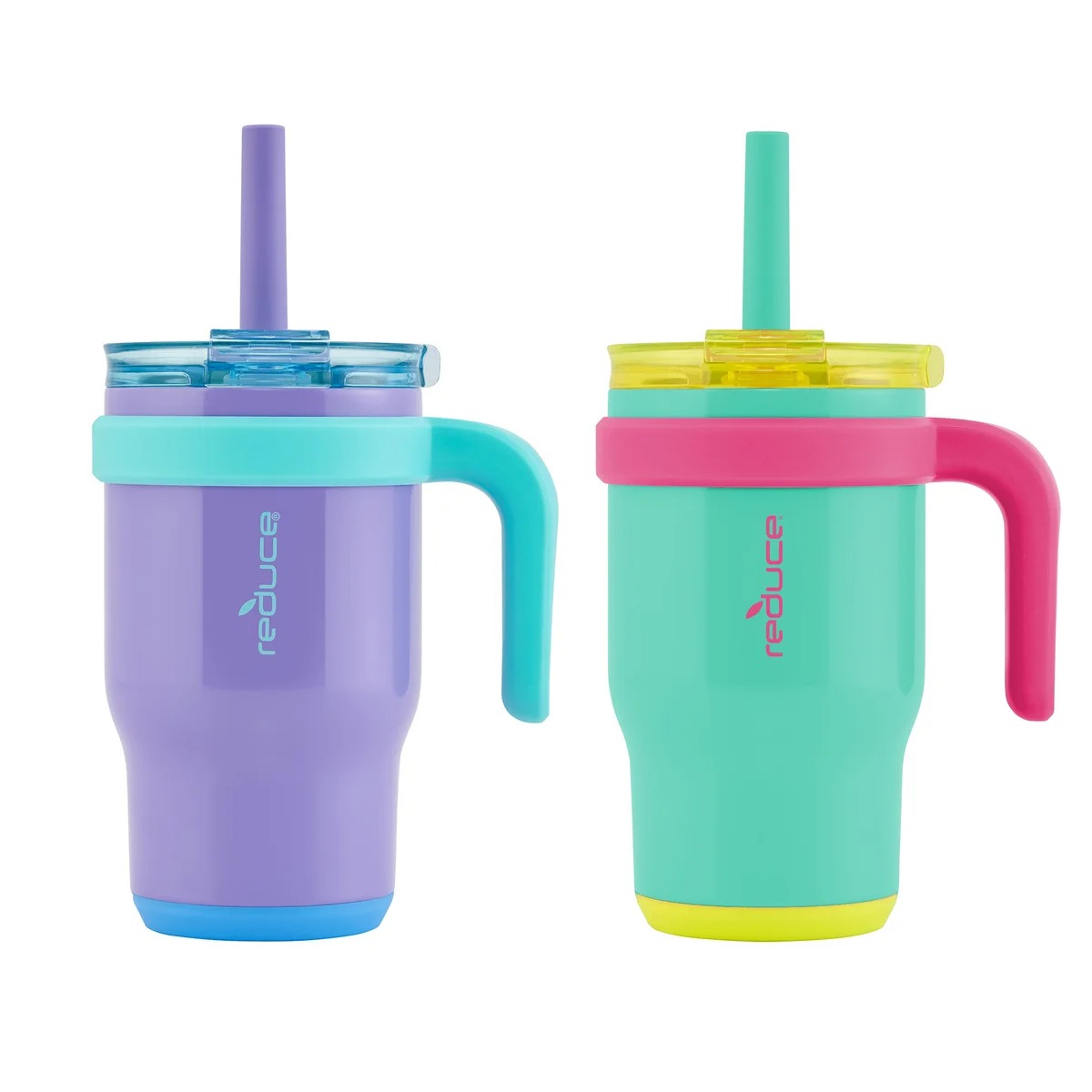
Costco is known for its amazing deals on bulk items, but sometimes the hidden gems are what make each shopping trip so exciting. There’s more to the aisles than just big-ticket items; tucked away, you’ll find some affordable treasures that cost less than $20. Read More.


